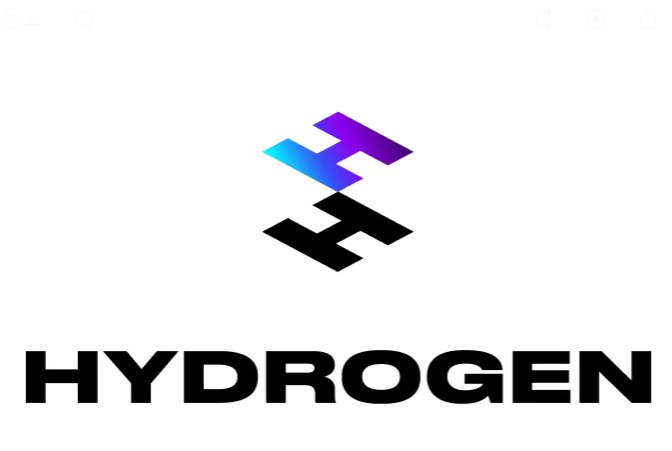In the fast-paced world of e-commerce, the need for robust, adaptable, and user-friendly platforms is as apparent as ever. Shopify has risen to this call with its cutting-edge platform, Shopify Hydrogen, that promises to shape the future of customizable online storefronts. This novel development environment is turning heads in the industry, and for good reason. Let’s dive into the world of Shopify Hydrogen.
In the world of web development, complexity often goes hand-in-hand with flexibility. The term “perplexity” describes this situation aptly, painting a picture of the intricate weave of functions and capabilities that make up advanced systems like Shopify Hydrogen. However, amidst the layers of functionality, Shopify Hydrogen stands out by offering an interface that enables online merchants to customize their storefronts with relative ease, even with limited technical know-how.

Shopify Hydrogen takes e-commerce to new heights, powering a reactive and dynamic framework that focuses on delivering smooth, app-like experiences on the web. It leverages React framework to provide merchants the tools needed to build unique storefronts. The level of customization possible with Shopify Hydrogen is vast, allowing businesses to curate a storefront that embodies their brand in every way possible, thereby enhancing user experience and interaction.
Yet, to label Shopify Hydrogen merely as a tool would be an oversimplification. It’s more akin to a conductor, orchestrating a symphony of elements that harmonize to create a smooth e-commerce experience. These include elements like Server Components, which let developers write server-rendered React components, and Storefront API, which opens up a universe of data and functionality to customize the front-end of Shopify stores.
Certainly, this is complex. But the beauty of Shopify Hydrogen is its ability to handle this complexity behind the scenes, serving developers a palatable dish of customizability and efficiency.
Yet, even as we marvel at the functionality and potential that Hydrogen brings, we must also acknowledge the “burstiness” of the platform, that is, the variations and differentiations it offers. E-commerce is no monolith – each store is a unique entity, with its distinct needs, customers, and identity. Shopify Hydrogen embraces this fact, offering an array of customizable components to cater to every conceivable e-commerce requirement.
One moment you’re embedding product grids into your store, the next you’re configuring a sleek, responsive checkout system. Shopify Hydrogen’s ability to accommodate these shifts, these bursts of activity, if you will, is a testament to its adaptive nature.
In conclusion, Shopify Hydrogen promises a bright future for online storefront customization. It elegantly balances perplexity and burstiness, offering a platform that manages the complexity of web development while providing the flexibility to cater to each store’s unique needs. The future of e-commerce is dynamic, and with Shopify Hydrogen, businesses are better equipped than ever to embrace this dynamism. We, as web development technicians, look forward to seeing how Shopify Hydrogen will continue to transform the landscape of customizable online storefronts.

Leave a Reply
You must be logged in to post a comment.